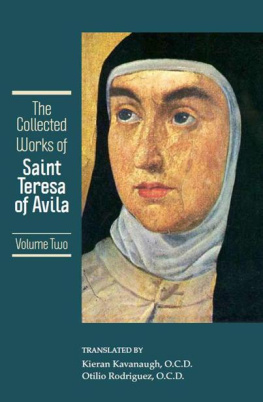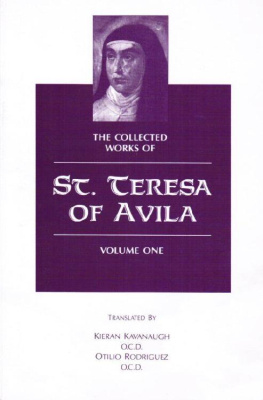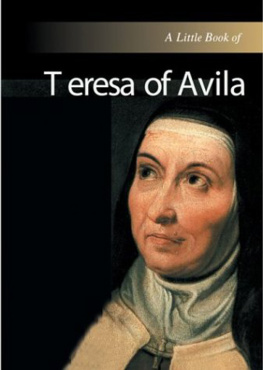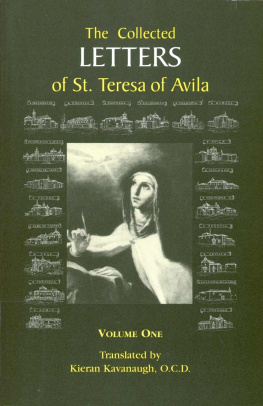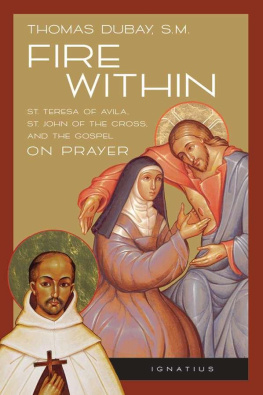
PENGUIN BOOKS
PENGUIN BOOKS
Published by the Penguin Group
in Books Ltd, 80 Strand, London WC2R 0RL, England
Penguin Putnam Inc., 375 Hudson Street, New York, New York 10014, USA
Penguin Group (Australia), 707 Collins Street, Melbourne, Victoria 3008, Australia (a division of Pearson Australia Group Pty Ltd)
Penguin Books Canada Ltd, 10 Alcorn Avenue, Toronto, Ontario, Canada M4V 3B2
Penguin Books India (P) Ltd, 11 Community Centre, Panchsheel Park, New Delhi 110 017, India
Penguin Books (NZ) Ltd, Cnr Roscdale and Airborne Roads, Albany, Auckland, New Zealand
Penguin Books (South Africa) (Pty) Ltd, Block D, Rosebank Office Park, 181 Jan Smuts Avenue, Parktown North, Gauteng 2193, South Africa
Penguin Books Ltd, Registered Offices: 80 Strand, London WC2R 0RL, England
www.penguin.com
This translation first published 1957
This translation copyright J. M. Cohen, 1957
All rights reserved
ISBN: 978-0-141-91654-5
He just wanted a decent book to read
Not too much to ask, is it? It was in 1935 when Allen Lane, Managing Director of Bodley Head Publishers, stood on a platform at Exeter railway station looking for something good to read on his journey back to London. His choice was limited to popular magazines and poor-quality paperbacks the same choice faced every day by the vast majority of readers, few of whom could afford hardbacks. Lanes disappointment and subsequent anger at the range of books generally available led him to found a company and change the world.
We believed in the existence in this country of a vast reading public for intelligent books at a low price, and staked everything on it
Sir Allen Lane, 19021970, founder of Penguin Books
The quality paperback had arrived and not just in bookshops. Lane was adamant that his Penguins should appear in chain stores and tobacconists, and should cost no more than a packet of cigarettes.
Reading habits (and cigarette prices) have changed since 1935, but Penguin still believes in publishing the best books for everybody to enjoy.We still believe that good design costs no more than bad design, and we still believe that quality books published passionately and responsibly make the world a better place.
So wherever you see the little bird whether its on a piece of prize-winning literary fiction or a celebrity autobiography, political tour de force or historical masterpiece, a serial-killer thriller, reference book, world classic or a piece of pure escapism you can bet that it represents the very best that the genre has to offer.
Whatever you like to read trust Penguin.
www.penguin.co.uk
Join the conversation:
Twitter Facebook
THE LIFE OF SAINT TERESA OF VILA
S T TERESA was born at vila in 1515. Of good parentage, she entered the Carmelite convent of the Incarnation at vila in Castile when she was twenty-one. Grieved at being parted from her family, she became a nun with determination but without enthusiasm. She progressed well with contemplation and wrote a good deal about the mystical spiritual experiences she underwent without giving them undue significance. A strong influence upon her was the Dominican priest Domingo Baez, who taught her that God can be loved in and through all things.
In middle age, she resolved to found a convent under the Carmelite rule. After many setbacks, St Josephs at vila was opened in 1562, the first house of the reformed or discalced (barefoot) Carmelites. During the next twenty years she travelled the length and breadth of Spain founding seventeen convents in all, often in conditions of great hardship.
Frank, affectionate, lively and witty, St Teresa combined the contemplative religious life with a life of great activity and she recorded both aspects in literary form. The most important of her writings are the Life of herself up to 1562, written at the request of her confessors; the Way of Perfection, intended for the instruction of her own nuns; the Book of Foundations, the high-spirited account of the establishment of her convents, and The Interior Castle. She died at Alba Dc Tormcs in 1582.
J.M. C OHEN translated nine volumes for the Penguin Classics; these have been works by Cervantes, Diaz, Galdos, Montaigne, Pascal, Rabelais and Rousseau. He also edited the Penguin anthologies Latin American Writing Today, Writers in the New Cuba, the Penguin Book of Spanish Verse and the Penguin book of Comic and Curious Verse. He compiled the Penguin Dictionary of Quotations, the Penguin Dictionary of Modern Quotations and published A History of Western Literature (Penguin, 1956). J. M. Cohen was born in 1903 and began writing and translating in 1946. J. M. Cohen died in 1989. The Times obituary described him as one of the last great English men of letters, while the Independent wrote that his influence will be felt for generations to come.
TO
Simon and Dawn
Introduction
T HE autobiography of Santa Teresa is the story of a most remarkable womans entry into the religious life, and at the same time a literary masterpiece that is, after Don Quixote, the most widely read prose classic of Spain. It is a piece of candid self-revelation, written in the liveliest and most unforced conversational prose. The saint herself states that it was composed in the first place at the request of her confessors, who required some account of her rare experiences to be circulated among those religious of a like bent, and who needed it also, in a day when accusations of heresy were frequent, as proof positive of her complete orthodoxy and utter obedience to the teachings and dictates of the Church. But although she herself protests that she lacked the time and leisure for her unwelcome task, and that she would have been better employed spinning or doing the household work in her poor convent, she was undoubtedly a born writer to whom words came freely and fast, and who took a craftsmans delight in them.
The book as we have it gives an account of Teresas life up to her fiftieth year, 1565, but it was certainly begun some seven or eight years before the date when it was asked for by her confessors, and was addressed in the first place to those four close spiritual friends whom she mentions in Chapter 16 as her fellow members of the Five. Much of it was, in fact, written at Toledo, during the time that Teresa spent there as the guest of the wealthy Doa Luisa de la Cerda, about whom she tells us in Chapter 34. In its complete form, however, it first began to pass from hand to hand at the beginning of 1565, and soon Father Baez, the saints confessor at the time and her firm ally and friend, was reproaching her for putting it about rather too freely. He realized, however, that the fault was not hers. Fashionable Spain was extremely interested in this active and forthright reformer of convents.
Much of the books immediate success was the result of its sheer good writing. Teresas thoughts seem naturally to clothe themselves in simple, direct, and picturesque language. Even when she is describing a difficult state of conscience or a very rare supernatural experience, she never fails to find the right homely words, the simple everyday metaphors, that will make it clear to readers whose life has never risen to such levels. Her language flows, as does that of Cervantes, like good talk; and she shares with Cervantes also a taste for proverbs and pithy country sayings. Teresa was a woman of little reading.



